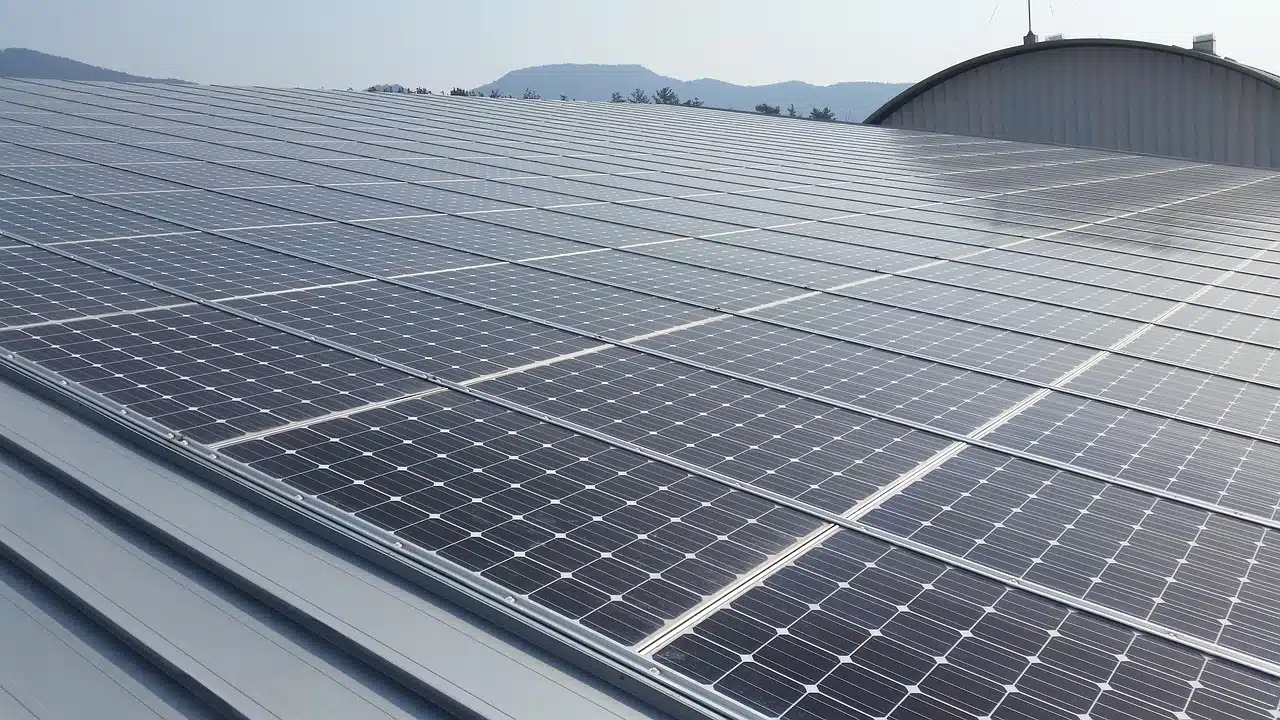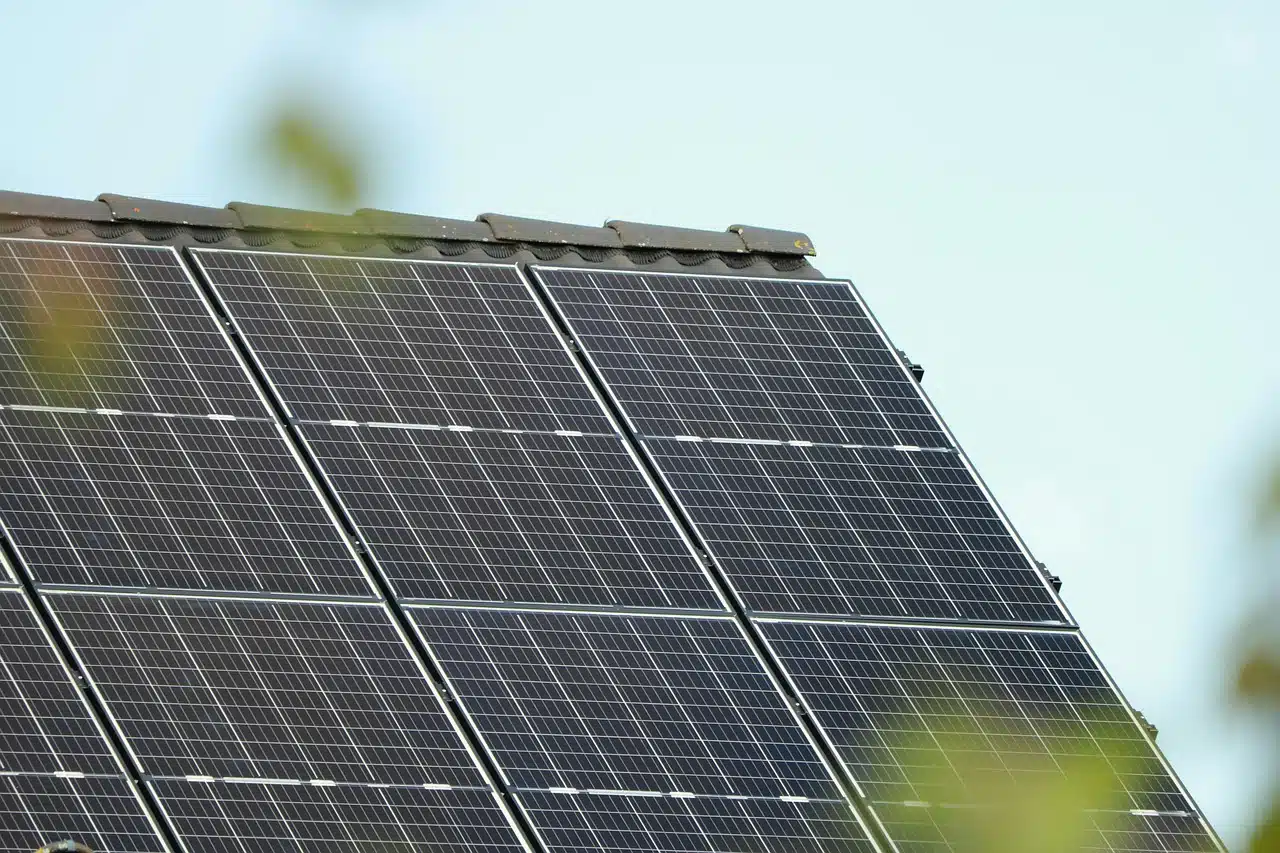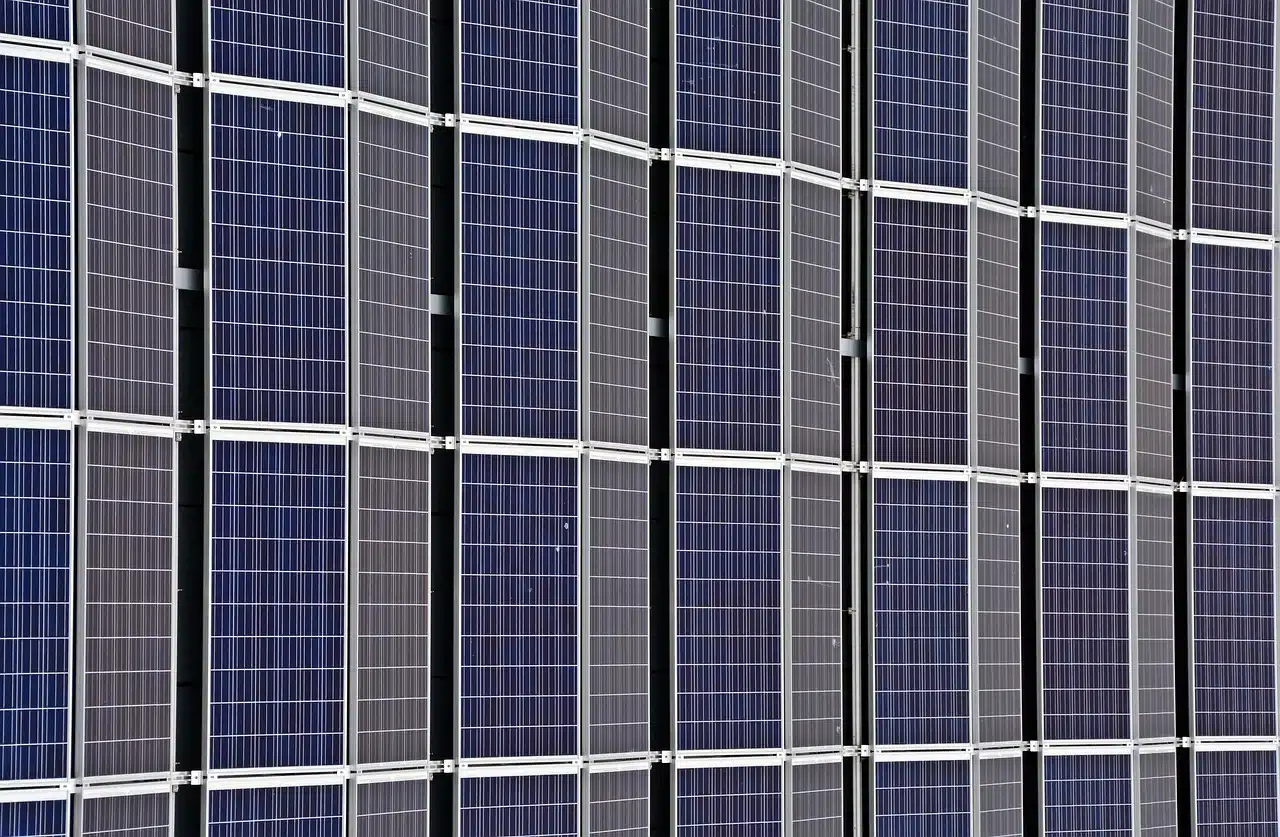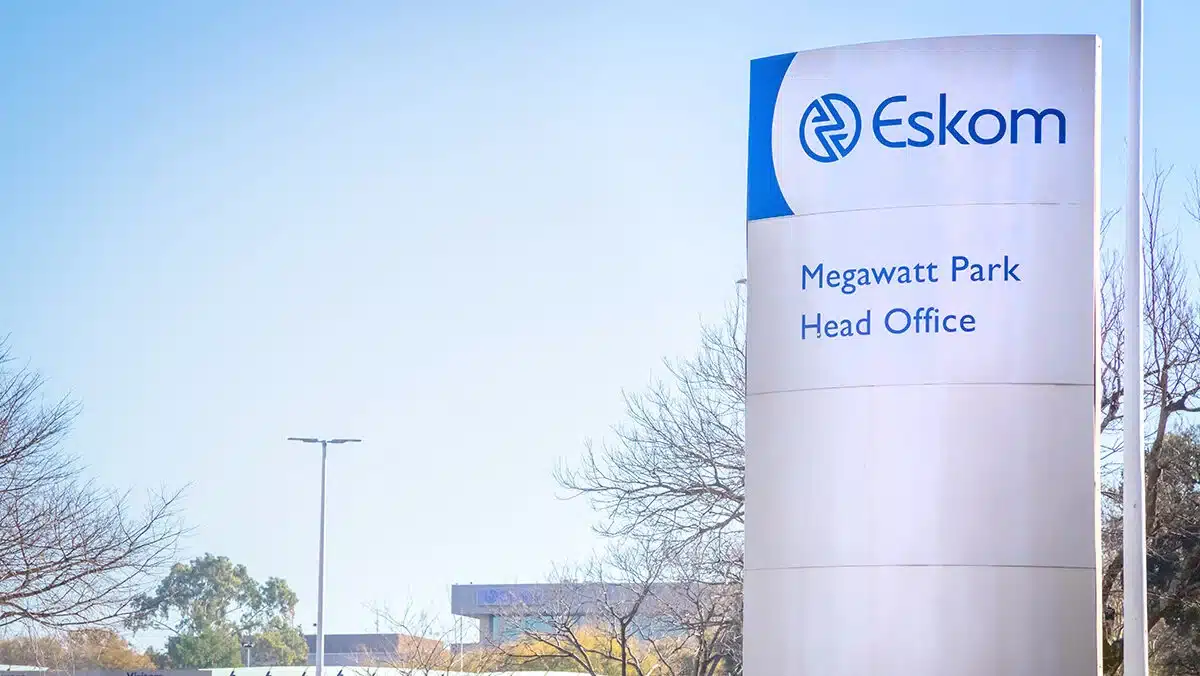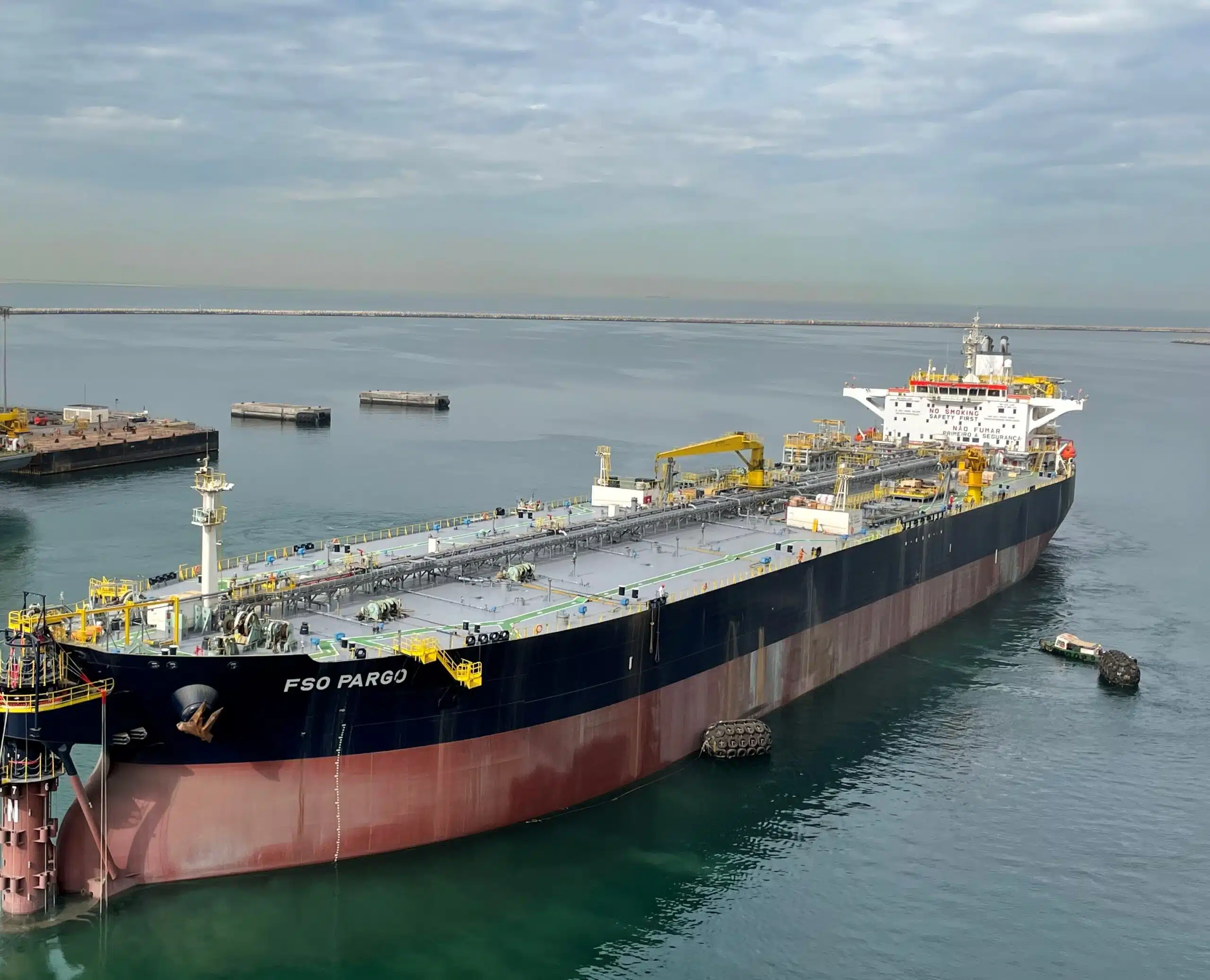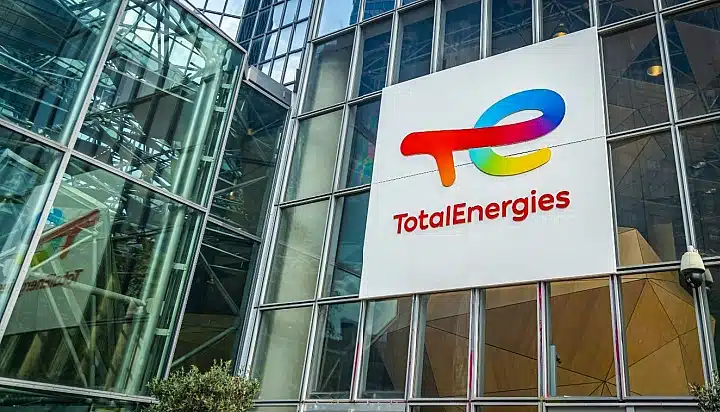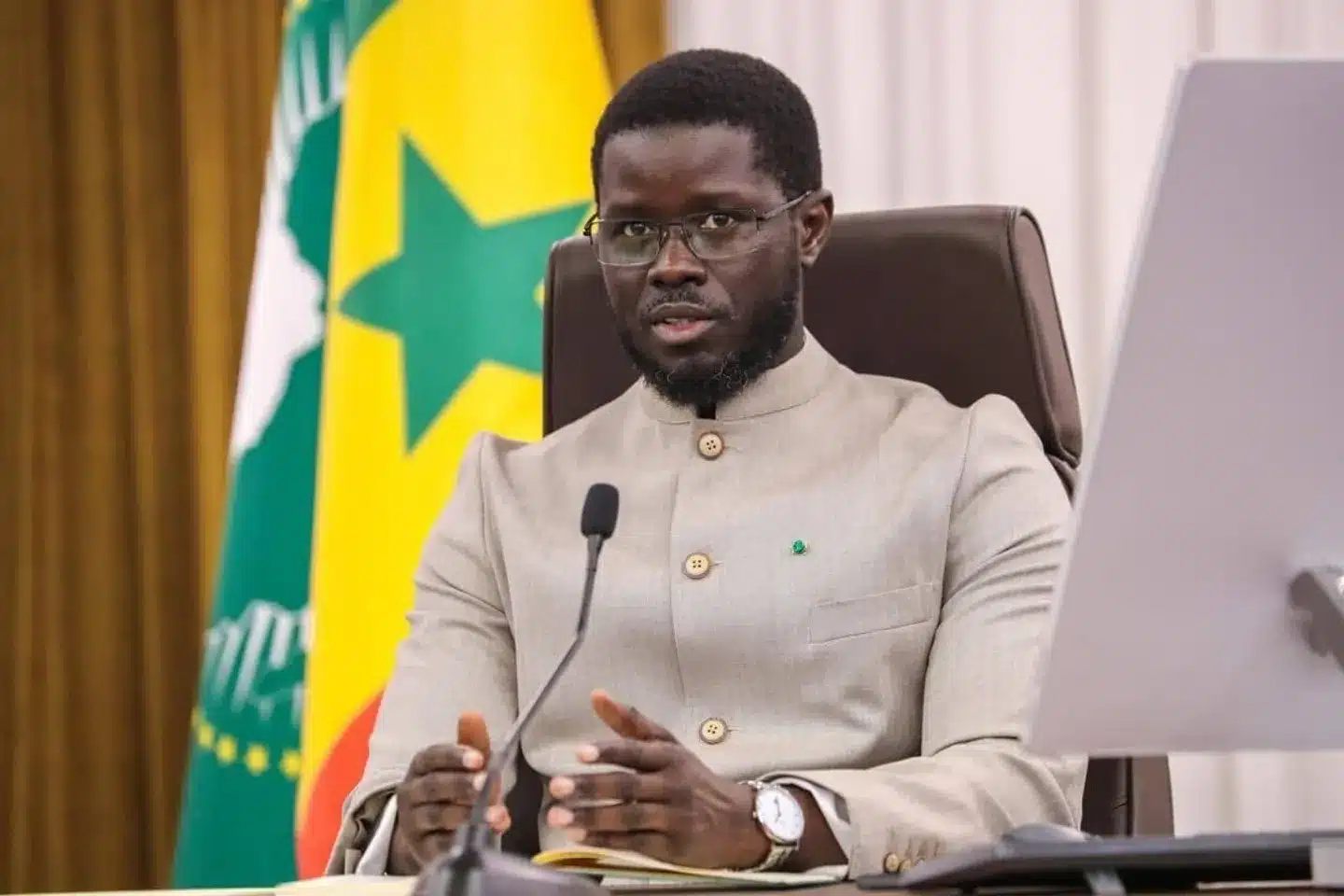Africa’s renewable energy sector offers opportunities, yet it crawls with challenges.
With the continent’s abundant solar, wind, and hydropower resources, coupled with a growing electricity demand, the renewable energy sector beckons.
Yet, for investors drawn to the continent’s emerging markets, the path is as challenging as it is rewarding.
With electricity access lagging for 600 million Africans and renewable energy projected to drive 80% of Africa’s new power capacity by 2030, the stakes are monumental.
However, to succeed, investors must grasp some critical facts about Africa’s renewable energy sector, navigating its opportunities and pitfalls with precision.
Here are five Energy in Africa consider most vital:
1. Africa’s resource potential
Africa’s natural endowment for renewables is staggering.
The continent enjoys some of the world’s highest solar irradiation levels, averaging 5–7 kWh/m²/day, ideal for solar photovoltaic (PV) systems.
East Africa’s Great Rift Valley, for instance, offers geothermal potential of up to 20GW, while wind speeds in coastal regions like Kenya and Morocco reach 6–9 m/s, perfect for wind farms.
According to the Nigerian Investment Promotion Commission (NIPC), Nigeria, Africa’s most populous nation, receives an average of 5.5 kWh/m²/day of solar radiation, making it a prime candidate for solar photovoltaic (PV) projects.
Africa is also endowned with huge hydroelectric potential.
Intrestingly, hydropower, already supplying 17% of Africa’s electricity, no doubt holds further promise for Africa’s clean energy vision.
Countries like Ethiopia and the Democratic Republic of Congo, for instance, creates a compelling investment case for hydropower projects.
Moreover, the African Union’s Agenda 2063 targets 300GW of renewable capacity by 2030, supported by initiatives like the African Development Bank’s (AfDB) $20 billion Desert to Power project, which aims to deliver 10GW of solar power across 11 Sahel countries.
Investors can therefore explore utility-scale projects, off-grid solar, or geothermal ventures in line with these goals.
Yet, potential alone doesn’t guarantee success.
However, investors must navigate structural and financial hurdles to access these resources.
2. Policy frameworks
This brings us to our second most important consideration: government policies.
Government policies shape the renewable energy market, but Africa’s regulatory environment is a patchwork.
Consider countries like Morocco and Kenya, where clear policy direction in the energy sector has helped attract significant investment in renewable projects.
Morocco’s Noor Solar Complex, one of Africa’s largest solar projects, was made possible through clear feed-in tariffs and strong public-private partnerships.
This highlights how sound policies can help investors maximize resources while benefiting the wider economy.
In Kenya, the renewable energy feed-in tariff system has also driven significant investment in the sector.
The country’s electricity agency reports that renewables now account for about 29% of its power supply, placing Kenya among the leading renewable energy producers in Africa.
While these efforts are commendable, many other countries have yet to show the same level of policy consistency.
KPMG, a global consulting firm, notes that most West African nations are still struggling to implement market-friendly policies that can stimulate growth and bring in investors.
In Nigeria, for example, the federal government once hinted at banning the importation of solar panels.
Just days later, after a wave of public criticism, it reversed the decision. Such policy flip-flops, which are not unusual, highlight the uncertainty investors face and the need for caution when committing resources.
Another challenge is bureaucratic delay. Red tape, missed contract timelines, and external pressures often slow progress.
South Africa’s Renewable Energy Independent Power Producer Procurement Programme (REIPPPP), which has reportedly attracted about $14 billion in investments, continues to face delays in project funding because of these bureaucratic hurdles.
For investors, working with local legal and policy experts can help navigate this landscape.
Such collaboration not only provides insight into tax incentives and regulatory frameworks but also helps avoid costly missteps caused by inconsistencies in policy execution.
3. Infrastructure gaps
As an emerging economy, Africa still has huge infrastructure gap.
Over 50% of Sub-Saharan Africans lack electricity access, and weak grid systems struggle to integrate renewables, according to the World Bank.
In East Africa, transmission losses reached 20% at some point in 2024.
These deficits alone require an estimated $100 billion annually to address, a figure far exceeding current public budgets.
For investors, this means prioritizing decentralized solutions like solar mini-grids and off-grid systems, which can bypass grid limitations.
The Nigeria Solar IPP Support Programme, funded by a $100 million Green Climate Fund loan, exemplifies this approach by targeting 1GW of solar capacity.
Likewise, off-grid solar systems and mini-grids, like those in Rwanda’s rural electrification program, power 1.5 million people.
In addition, energy storage systems, such as those in South Africa’s solar projects, also enhance reliability but require cost reductions to scale.
Thus, focusing on modular, scalable projects such as solar home systems or micro-hydropower allows investors to bypass grid limitations while meeting local needs.
4. Rasing funds
Financing renewable projects in Africa is no small feat.
High upfront costs and perceived risks deter local banks, which often charge interest rates above 15%, according to KPMG Africa.
Raising funds for renewable projects requires a clear understanding of the investment climate.
It also involves tackling high interest rates, managing leverage risks, and optimizing public-private partnerships, among other challenges.
Globally, Africa attracts only about 3% of total renewable energy funding in 2024, despite its vast climate potential.
According to a recent IEA report, most of the financing has come from the World Bank, private sector venture capitalists, and government-led initiatives.
Other continental financing bodies have also played a significant role. Norfund’s East Africa Power Project, the Sustainable Energy Fund for Africa (SEFA), and the African Development Bank (AfDB) have each mobilized substantial resources for renewable energy projects across the region.
One notable example is the Power Africa Initiative, supported by the AfDB. The program has provided no less than $2 billion in climate financing within the past five years.
Collaborating with such institutions creates opportunities for partnership, joint funding, and consolidation of resources to accelerate energy growth and development across the continent.
Investors can also explore alternative funding sources.
These include green bonds and partnerships with development finance institutions such as the World Bank and the John D. Rockefeller Foundation.
Both have a strong track record in financing renewable and solar energy projects.
5. Impact of community engagement
On the other hand, investing in emerging markets isn’t just about capital; it’s also about impact.
Most successful renewable projects in Africa are those that integrate local and community engagement while also promoting cultural cohesion.
Take the Noor Solar Project in Morocco, for example. From the onset, developers ensured that more than 7,000 jobs were created for local residents.
Beyond employment, understanding the local context is often the difference between the success of an investment and its failure.
In regions where land disputes can last for decades without legal resolution, investors risk having funds tied up and projects derailed simply because land is inaccessible.
This often points to a lack of due diligence, particularly in engaging community leaders before a project begins.
It is not uncommon to find projects stalled for years due to unresolved land disputes, paramilitary interference, legal complications, or resistance from local communities.
For investors, stakeholder consultation, capacity building, employment initiatives, and quotas for local participation should all be part of the planning process.
Economic impact also plays a critical role in gaining the trust and cooperation of communities.
In Kenya, for instance, community-owned solar mini-grids have been established, empowering more than 300,000 households while also creating jobs and building local skills.
Such projects are often easier to implement because the benefits are immediate and visible.
On the other hand, projects built in rural areas but designed to serve industries and large firms in urban centers usually face stronger resistance.
In these cases, investors must demonstrate convincingly that the projects serve the broader common good, not just distant city dwellers.
In short, neglecting community engagement in renewable energy financing can significantly increase the risk of failure.
Investors are therefore better off partnering with local firms, NGOs, and government authorities to ensure projects align with the immediate needs of the host communities.
Bottom line
Africa’s renewable energy market offers opportunity tempered by complexity.
By focusing on decentralized systems, leveraging innovative financing, and prioritizing community engagement, investors can access the continent’s potential.
The African Energy Chamber projects $43 billion in energy investments in 2025, with renewables leading the charge.
In addition, the World Economic Forum ranks Africa’s energy transition as a global priority, with countries like Morocco and Kenya setting the pace.
For investors, the message is clear: Africa’s renewable energy sector offers not just returns but the chance to power progress.

